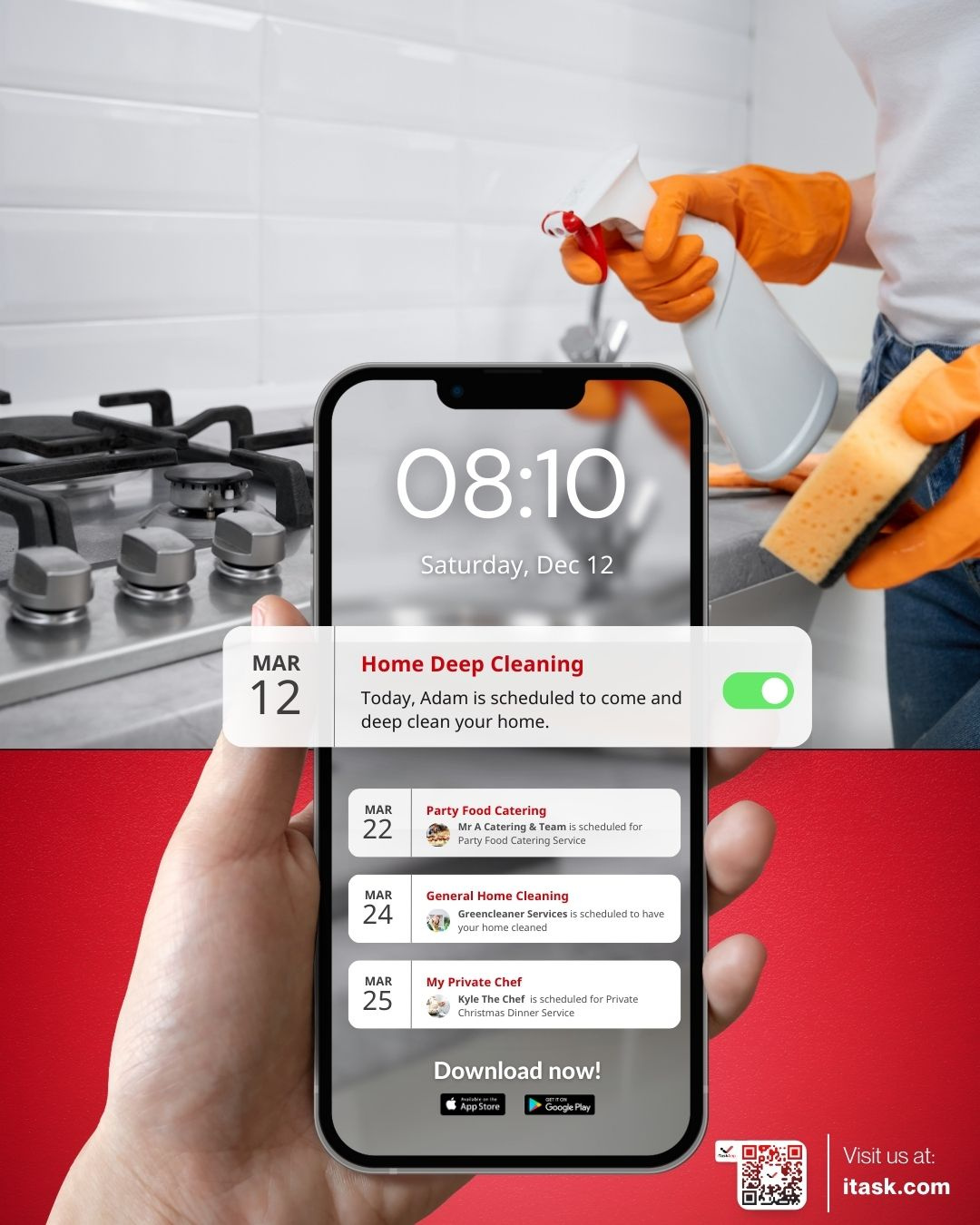How to Thaw Frozen Pipes in Your Garage Without Causing Damage
How to Thaw Frozen Pipes in Your Garage Without Causing Damage

During the winter months, frozen pipes are a common issue for homeowners, especially those with pipes located in unheated areas like garages. When temperatures drop below freezing, the water inside pipes can freeze and cause the pipes to burst, resulting in costly damage. Thawing frozen pipes in your garage is crucial to prevent further damage and ensure that your home’s water supply continues to function properly. However, it’s important to thaw the pipes safely to avoid causing cracks or bursts in the plumbing. This guide will walk you through the steps to thaw frozen pipes in your garage without causing damage.
Frozen pipes are often found in areas of the house that are poorly insulated, like basements, attics, and garages. When the temperature in these areas drops, the water inside the pipes freezes, causing the pipes to expand. This expansion increases the pressure inside the pipes, which can lead to ruptures or leaks. Thawing these pipes as soon as possible is essential to avoid serious damage to both your plumbing system and your home. In this article, we will explain how to safely and effectively thaw frozen pipes in your garage without causing any further harm.
Step 1: Identify the Frozen Pipe
The first step in thawing frozen pipes in your garage is to identify which pipes are frozen. This can be a bit tricky, as the frozen section of the pipe might not always be visible. Start by turning on the faucet connected to the pipe. If water doesn’t come out, or if it only comes out in a trickle, it’s a sign that the pipe may be frozen. It’s best to check for frozen pipes at the most vulnerable areas, such as where pipes are exposed to the cold or where they are close to exterior walls.
Once you’ve identified the frozen pipe, locate the section of the pipe that is most likely frozen. If the pipe is in an area that is particularly cold, such as near an uninsulated garage door or in a corner of the garage, these are the most likely areas where freezing has occurred.
Step 2: Turn on the Faucet
Before you begin thawing the pipe, turn on the faucet that is connected to the frozen pipe. Turning on the faucet helps relieve any pressure that builds up in the pipe as it begins to thaw. This is important because if the pressure builds up too much, the pipe could burst. Having the faucet open allows the water to flow freely once the ice starts to melt, preventing pressure from building up inside the pipe.
Keep the faucet on throughout the thawing process, as this will help the water flow smoothly once the pipe is thawed. You’ll want to continue this until you’re sure that the pipe is completely thawed and the water flows freely.
Step 3: Apply Heat to the Frozen Pipe
Now that you’ve identified the frozen pipe and opened the faucet, it’s time to begin thawing the pipe. One of the safest ways to thaw frozen pipes in your garage is to apply heat gradually. There are several methods for applying heat to frozen pipes, but you should always use a heat source that is safe and controllable to prevent causing damage to the pipe.
Using a Hair Dryer
A hair dryer is one of the safest and most effective tools to thaw frozen pipes in your garage. Begin by setting the hair dryer on its lowest heat setting and directing it towards the frozen pipe. Move the hair dryer slowly along the length of the pipe, focusing on the most frozen sections. Start from the faucet end and work your way toward the section of the pipe closest to the source of the freeze. Make sure to keep the hair dryer a safe distance from the pipe to avoid damaging the plumbing or causing the pipe to overheat.
Using a Space Heater
If you have access to a space heater, you can place it in the garage to gradually warm up the area. However, be cautious when using space heaters, as they can get hot and may present a fire hazard if left unattended. Place the space heater a safe distance away from the pipe and avoid using it in an area with flammable materials. Allow the heater to run for a few hours to help thaw the frozen pipes.
Using Heat Tape or Heat Cables
Another option is to use electric heat tape or heat cables, which are designed specifically for thawing frozen pipes. These products wrap around the pipe and gradually heat it up to prevent freezing. Follow the manufacturer’s instructions carefully to ensure safe use. Heat tape is especially useful for longer sections of pipe that may take longer to thaw.
Step 4: Never Use an Open Flame
It is extremely important to avoid using an open flame, such as a blowtorch or a lighter, to thaw frozen pipes in your garage. Using a flame can be dangerous and may cause significant damage to your pipes or even start a fire. Open flames can quickly raise the temperature of the pipe unevenly, leading to cracks or bursts. Always choose safe heating methods such as a hair dryer, space heater, or heat tape.
Step 5: Check for Leaks After Thawing
Once the frozen pipe is thawed, turn off the heat source and check the pipe for any signs of leaks or cracks. The pressure from the freezing process can cause pipes to weaken or even burst, so it’s important to inspect the entire length of the thawed pipe carefully. If you detect any leaks or damage, it’s best to call a plumber to repair the pipe and prevent further water damage.
If the pipe appears to be intact, run water through the faucet to ensure that the water is flowing freely. This will help you confirm that the thawing process has been successful and that the pipe is no longer frozen.
Step 6: Prevent Future Freezing
Once the frozen pipe has been thawed and inspected, it’s important to take steps to prevent future freezing. One of the most effective ways to prevent pipes from freezing in the garage is to improve insulation. Insulate any exposed pipes, especially those in unheated areas. Use foam pipe insulation or wrap the pipes with heating cables to keep them warm during cold weather. Additionally, consider installing weatherstripping around the garage door and improving ventilation to keep the area warmer.
Another simple step is to keep the garage door closed during extremely cold weather. If you don’t use your garage frequently, this can help maintain a warmer environment and prevent the pipes from freezing again.
Thawing frozen pipes in your garage is a task that requires caution and patience, but with the right methods, you can prevent significant damage to your plumbing. By identifying the frozen pipe, applying heat carefully, and inspecting for leaks after thawing, you can restore water flow to your home without causing harm to the pipes. Remember, never use an open flame, and always use safe heating methods like hair dryers, space heaters, or heat tape. With proper precautions and maintenance, you can protect your pipes from freezing in the future and avoid costly repairs.

